Henri Manguin (1874-1949) By Author
Get a Manguin Certificate of Authenticity for your painting (COA) for your Manguin drawing.
For all your Manguin artworks you need a Certificate of Authenticity (COA) in order to sell, to insure or to donate for a tax deduction.
Getting a Manguin Certificate of Authenticity (COA) is easy. Just send us photos and dimensions and tell us what you know about the origin or history of your Manguin painting or drawing.
If you want to sell your Manguin painting or drawing use our selling services. We offer Manguin selling help, selling advice, private treaty sales and full brokerage.
We have been authenticating Manguin and issuing certificates of authenticity since 2002. We are recognized Manguin experts and Manguin certified appraisers. We issue COAs and appraisals for all Manguin artworks.
Our Manguin paintings and drawings authentications are accepted and respected worldwide.
Each COA is backed by in-depth research and analysis authentication reports.
The Manguin certificates of authenticity we issue are based on solid, reliable and fully referenced art investigations, authentication research, analytical work and forensic studies.
We are available to examine your Manguin painting or drawing anywhere in the world.
You will generally receive your certificates of authenticity and authentication report within two weeks. Some complicated cases with difficult to research Manguin paintings or drawings take longer.
Our clients include Manguin collectors, investors, tax authorities, insurance adjusters, appraisers, valuers, auctioneers, Federal agencies and many law firms.
We perform Henri Manguin art authentication, appraisal, certificates of authenticity (COA), analysis, research, scientific tests, full art authentications. We will help you sell your Henri Manguin or we will sell it for you.

Henri Manguin was a French painter and is perhaps one of the most famous of all the Fauve painters. Born in Paris, Manguin attended the Ecole des Beaux-Arts and studied under Gustave Moreau. As a student, he spent his days studying works at the Louvre and became close friends with Camoin and Matisse.
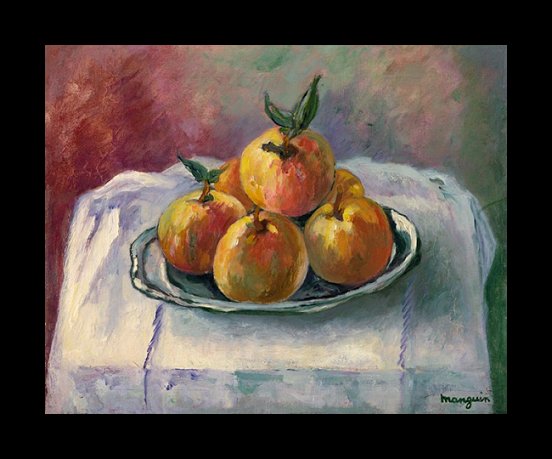
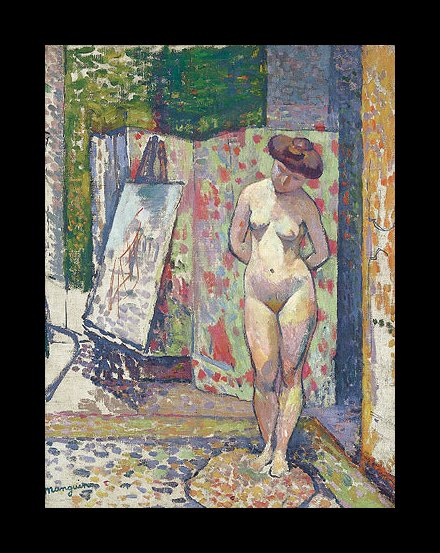
Though best known as a Fauve painter, Manguin was inspired early on by Impressionism. Manguin married a woman named Jeanne in 1899 that he often used as a model for his paintings. He had his first exhibition in 1900 at the Berthe Weil Gallery, and then at the Salon des Independents in 1902. His work is often compared to that of Matisse, and in the grand scheme of Fauvism, his compositions are far more peaceful and less intense than those of his contemporaries.
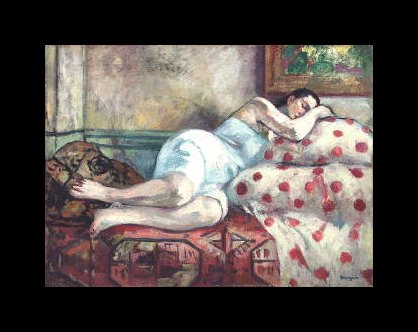

In 1904, Manguin traveled to Saint-Tropez where he met fellow painter Paul Signac. While he studied Pointillism and the theories of Divisionism with Signac, he only briefly used them in his own compositions. However, the Mediterranean lighting in Saint-Tropez helped to influence Manguin, and he would create a number of landscapes with this soft mid-day light.
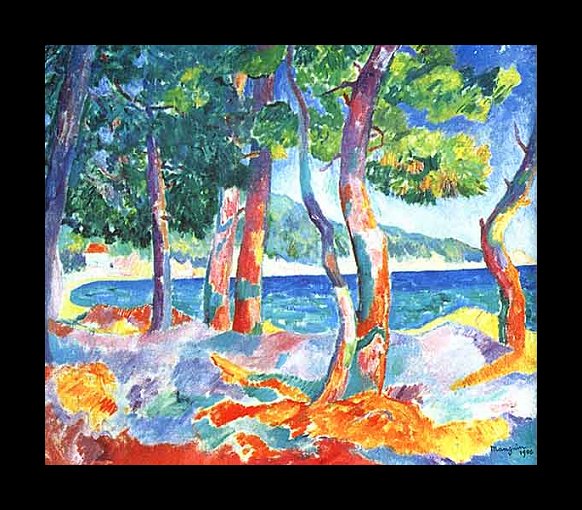

Manguin did not restrict himself to any certain genre of painting, and created landscapes, interiors, still life, portraits and figure studies equally. He generally signed his paintings “Manguin” in neat cursive on the front of his canvases. Manguin also did not limit himself to one specific color palate, using color as he saw fit for each of his compositions. Sometimes his use of color was bright and intense, like his friend Matisse and the Fauves would use, and at other times, more subtle, a hint to his first love of Impressionism.
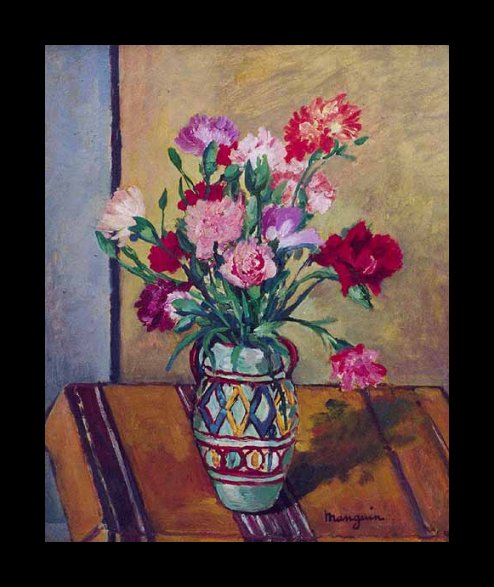
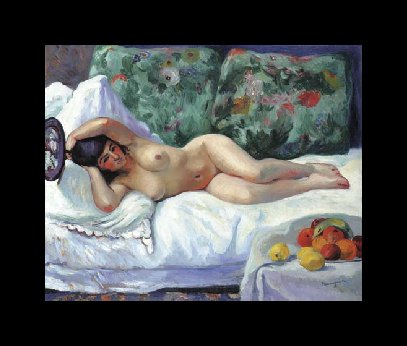
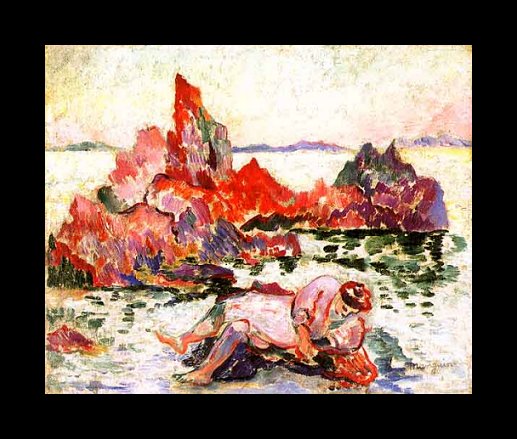
Throughout his life, Manguin continued to travel all over France, spending his summers and winters in different corners of the country with different artists. Toulon, Avignon, Gien, Hornfluer, Saint-Malo and a number of other French cities served as backdrops for the artist during his fairly prolific career. During his lifetime, Manguin continued to expose extensively, right up until his death in France and abroad in London, Geneva and elsewhere. It is said that after one of his unsuccessful 1938 exposures, Manguin destroyed at least 8 of his paintings, so there is no telling what else may have become of a number of his works.
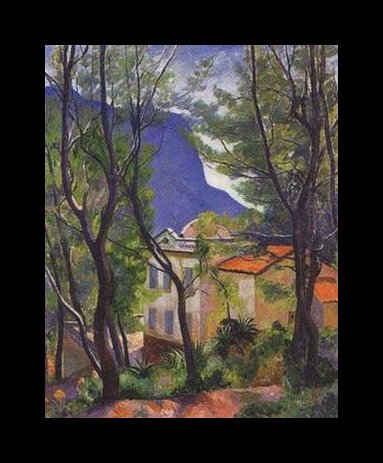
Today, Manguin’s paintings are housed in private and public collections worldwide and perhaps in your own home. Still wondering about a Fauvist painting hanging in your home? Contact us… it could be by Henri Manguin.
Reviews
1,217 global ratings
5 Star
4 Star
3 Star
2 Star
1 Star
Your evaluation is very important to us. Thank you.
